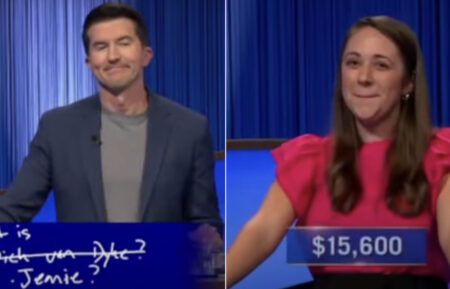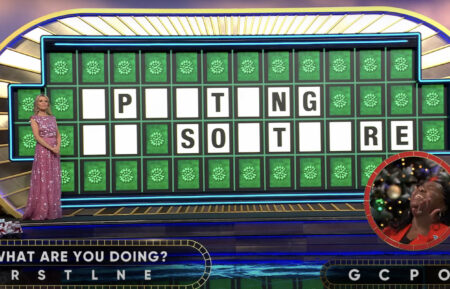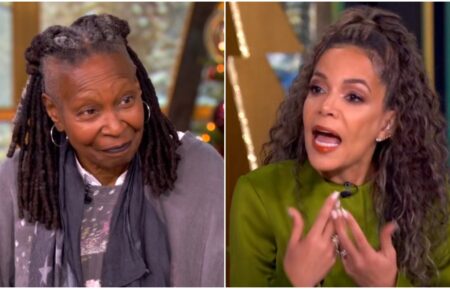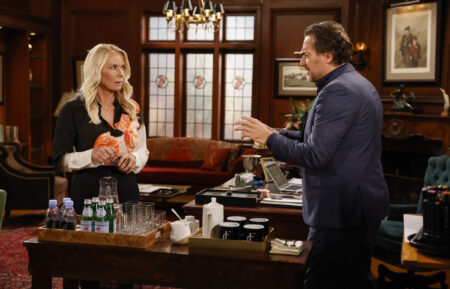10 Behind-the-Scenes Secrets From ‘The Amazing Race,’ Now 20 Years Old
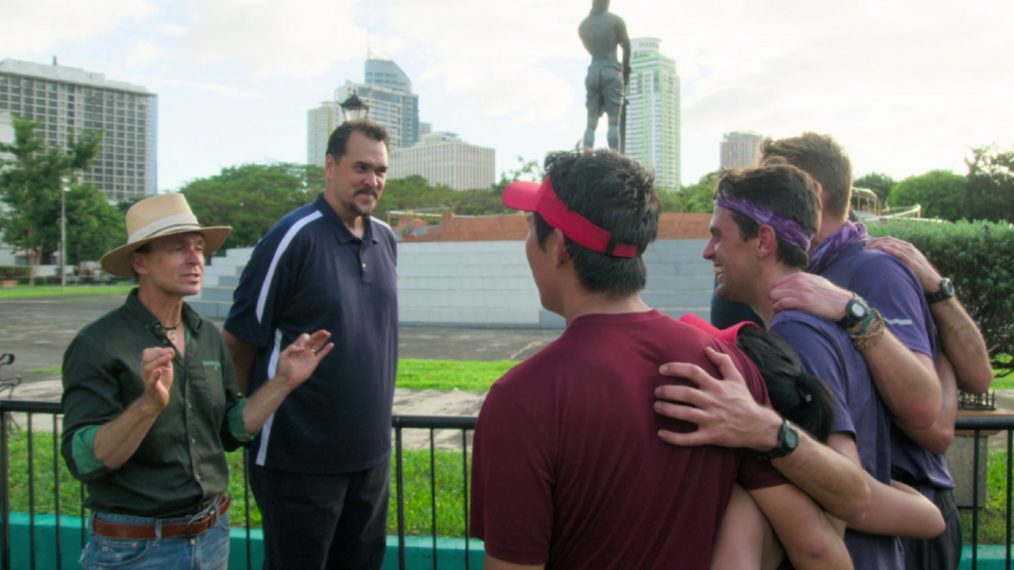
When The Amazing Race got the green light from CBS in 2000, married cocreators Elise Doganieri and Bertram van Munster didn’t know if they’d get a second episode, let alone a second season.
“We decided to put the most amazing route together for the first episode, in case we didn’t get to do another one,” Doganieri recalled to Variety in 2014. “Bert sold the show in June and by August we were on our way to India, to see the Taj Mahal.”
That first season debuted September 5, 2001, and the show has surpassed all expectations, with 10 Emmy wins for Outstanding Competition Program so far. (In fact, The Amazing Race dominated the category for its first seven years.)
Now, after 20 years and 32 seasons, we’ve rounded up behind-the-scenes intel to illustrate how The Amazing Race gets to be so amazing.
Thousands of people keep The Amazing Race running.
“We have over 2,000 people working on the show worldwide,” van Munster told How Stuff Works in 2005. “In order to lay out the race and make it financially, creatively, and logistically work, I go everywhere and lay it out, and hand all that knowledge over to the rest of my team. Then I travel with my team again around the world and plan exactly where the camera position is going to go, what we’re going to do, and come up with all the challenges.”
The contestants get visas before the race, even for countries they may never set foot in!
Contestants complete paperwork for dozens of countries—and not just the ones that are on their itinerary, according to the fan site TARFiles.
The production crew tests everything ahead of time, estimating how quickly—or slowly—teams will complete each leg.
“We create a document called a ‘Fast/Slow,’ where we test everything beforehand, so we know the slowest time someone can do a route, and the fastest time,” Doganieri told Variety in 2014. “So from the moment teams land, we know the quickest time this route can be done is four hours, and the slowest is eight hours, so even with hiccups here and there for the contestants, we know what flight to take out that next morning. Ninety-eight percent of the time, the Fast/Slow is quite accurate.”
Non-elimination pit stops are planned out in advance—not thrown in to save fan favorites.
“They are preset,” Doganieri said of those pit stops. “We pick them in the office ahead of time. We say, ‘Let’s have Non-Eliminations on Show 3, Show 7, and Show 9,’ and the next year we’ll switch it up to Shows 5, 6, and 8, to throw contestants off.”
Each contestant duo travels with a two-person camera team.
“Every team of contestants, we have a camera team consisting of a cinematographer and a sound man,” van Munster told Variety in 2016. “So that’s their team. It’s like the contestants have their two kids with them; they’re not leaving unless the kids are coming with, as well.” (Also, the camera teams are rotated among the teams throughout the race to avoid accusations of collusion, as the magazine reported in 2014.)
Like the contestants, the camera teams don’t know the destinations in advance.
“When I say action…they just run, and they don’t know where these people are going to go and what they’re going to do,” van Munster added. “As long as you can feel that the cameramen don’t know where to go, it makes it real.”
After a near-disaster, the production team started hiding clue boxes under garbage bags until teams were five minutes away.
“Once we were filming in Lake Geneva [Switzerland] at 5 o’clock in the morning, and the clue box is standing on a pier by the big fountain, and all of the sudden, some guy coming back from a party who’s clearly had a little bit too much to drink walks up to the clue box and throws the whole thing in Lake Geneva. We had to dive in after it and pick up all the clues,” van Munster told Variety.
The crew deceives onlookers by claiming they’re filming documentaries or commercials.
“We’ll call the show something else—they think we’re filming a commercial,” Doganieri told How Stuff Works. “We’ll be setting up a clue box, and Americans will ask, ‘Is this The Amazing Race?’ And we’ll say, ‘No, we’re doing a documentary.’”
Decoy teams run the race so the actual results stay secret.
Even back in 2004, van Munster was outsmarting spoiler hounds by using “decoy teams” during the race, as he explained to The New York Times. And Insider reported that the production team recruits eliminated contestants to do “decoy runs.”
Eliminated contestants are sequestered for the same reason.
“You can’t go home three days after you leave because then everyone knows you didn’t win,” former Amazing Race contestant Mark “Abba” Abbattista told The A.V. Club in 2013. “They bring people to a sequestered location after they get eliminated and they stay together.… Then, for the finale, people typically get flown back so that they’re all there when the finishers come into the final pit.”





